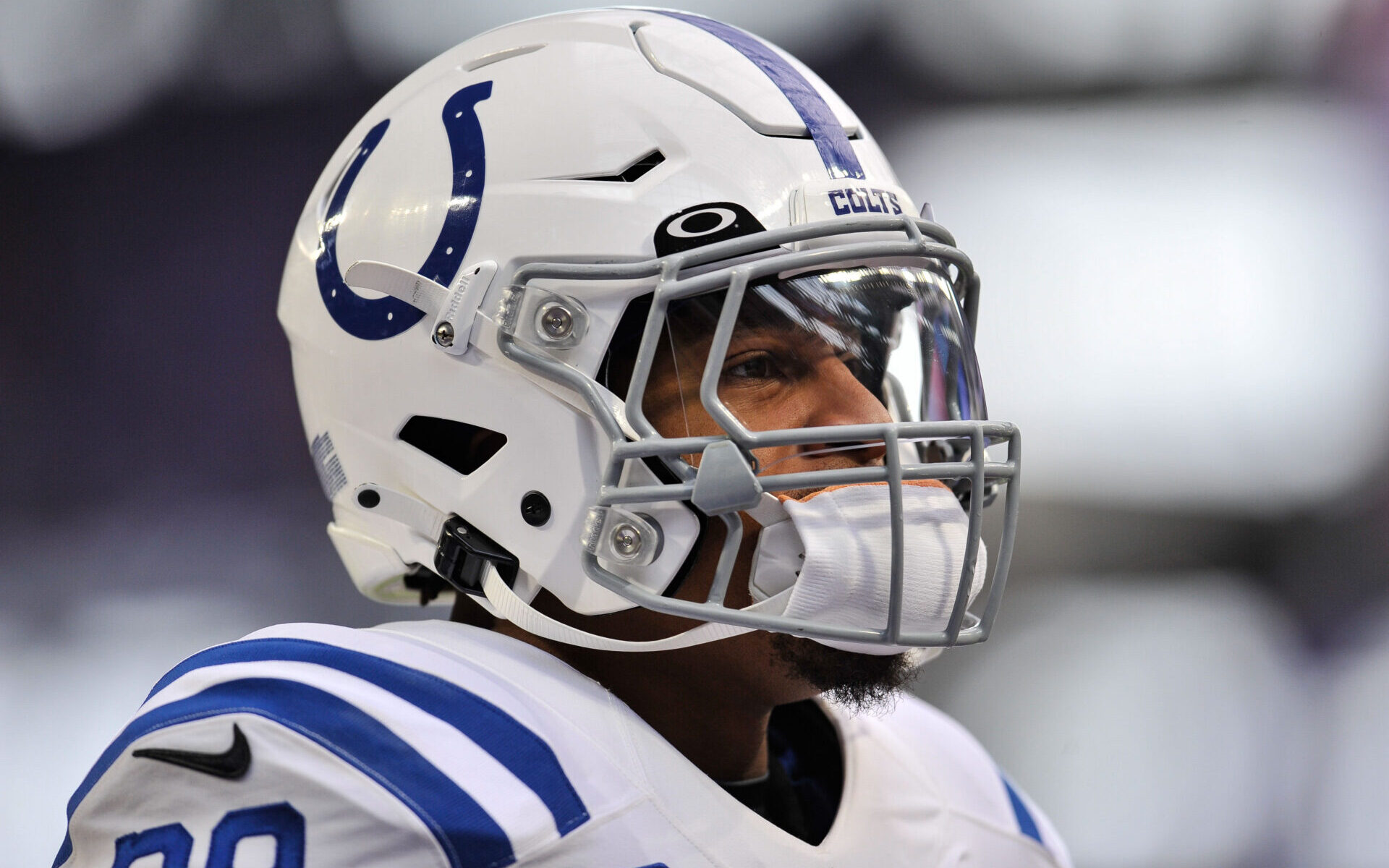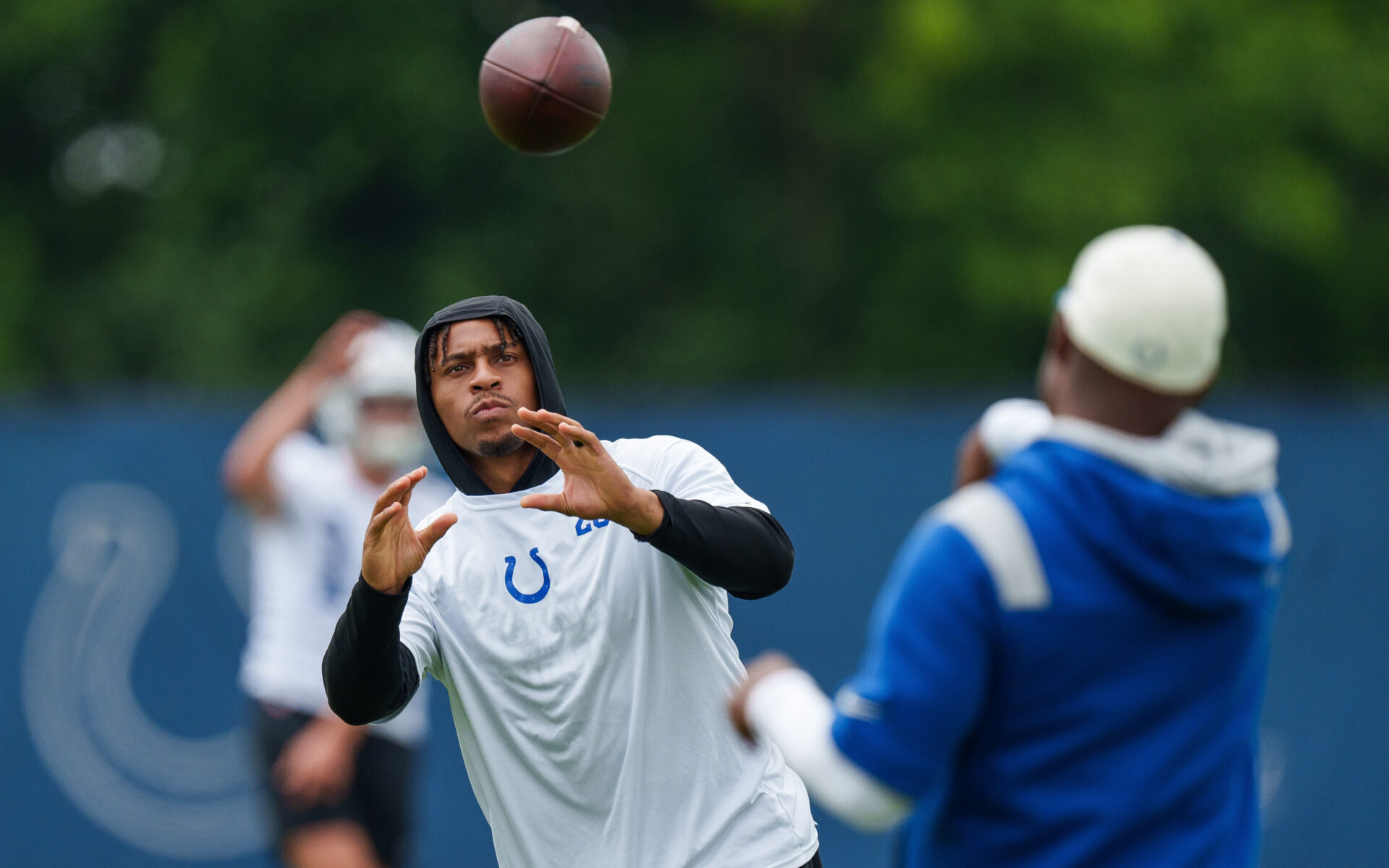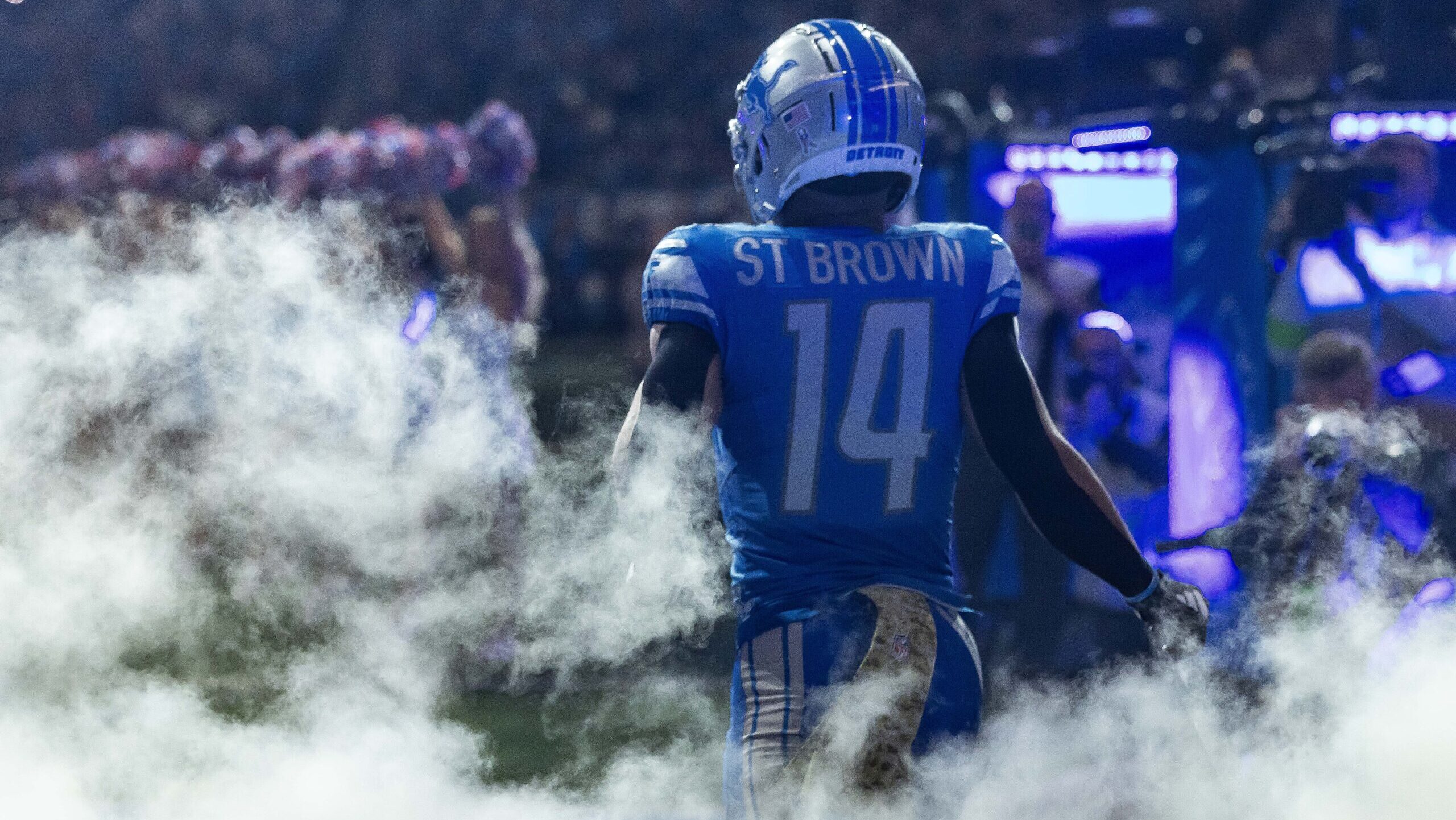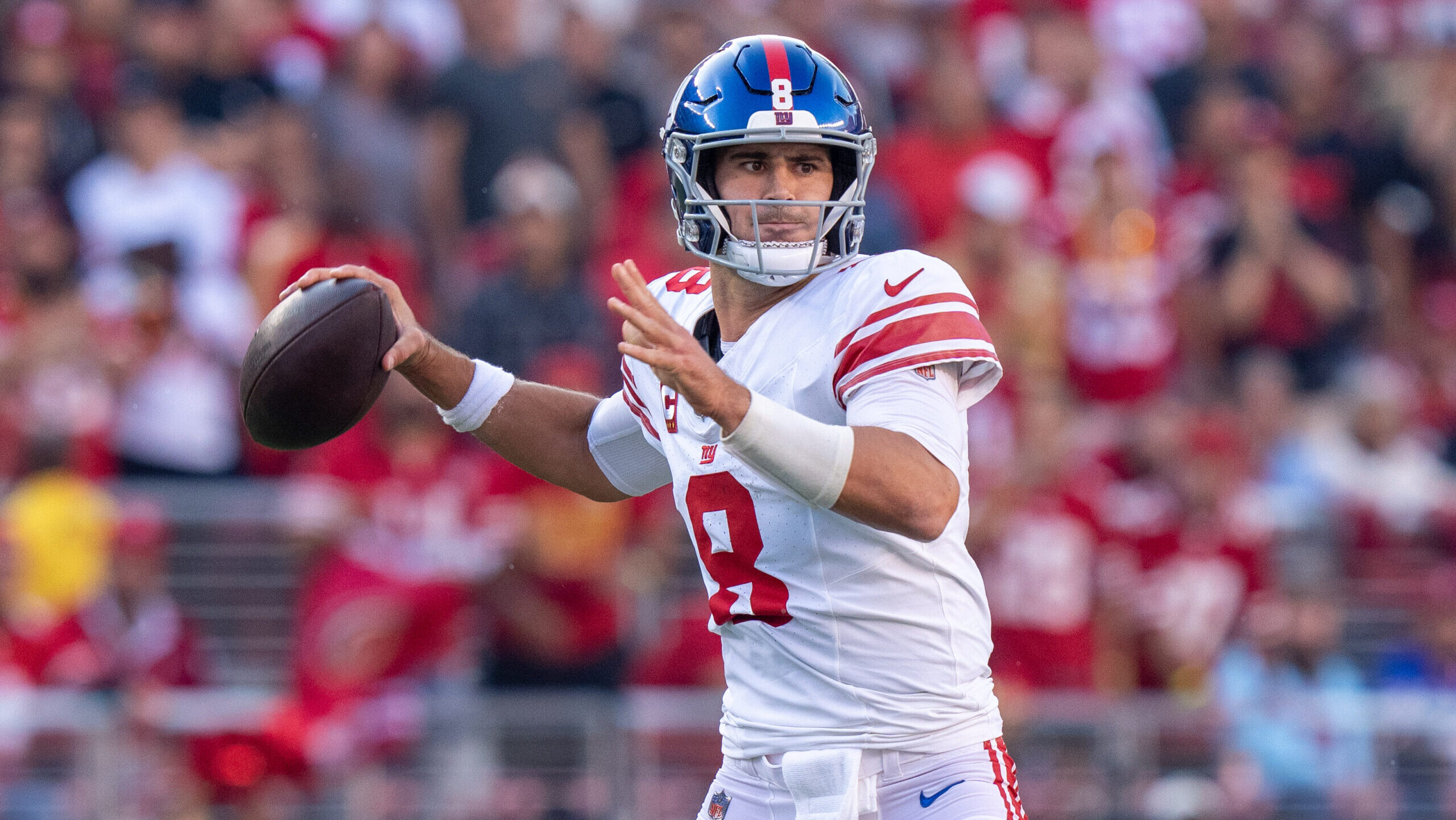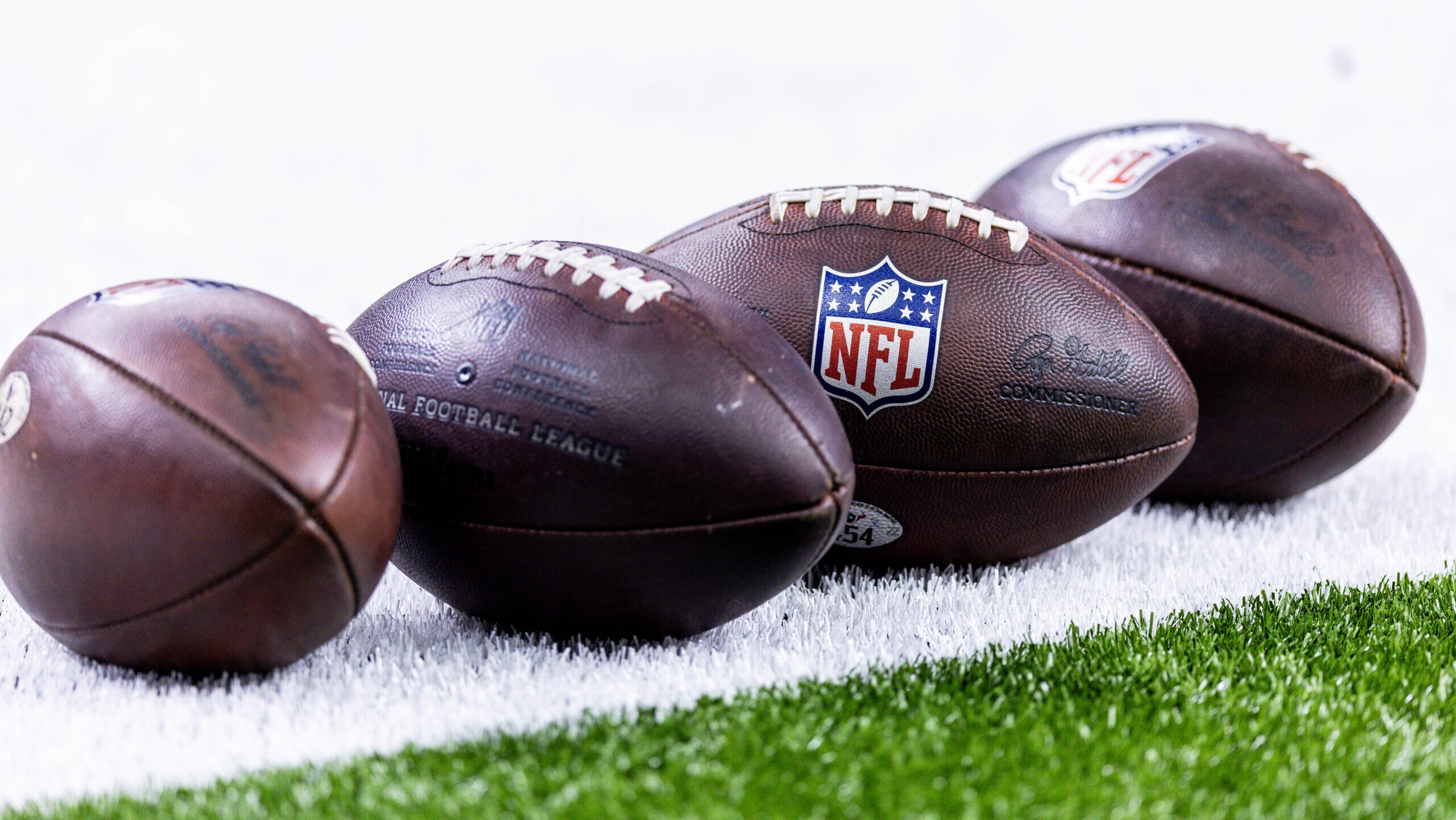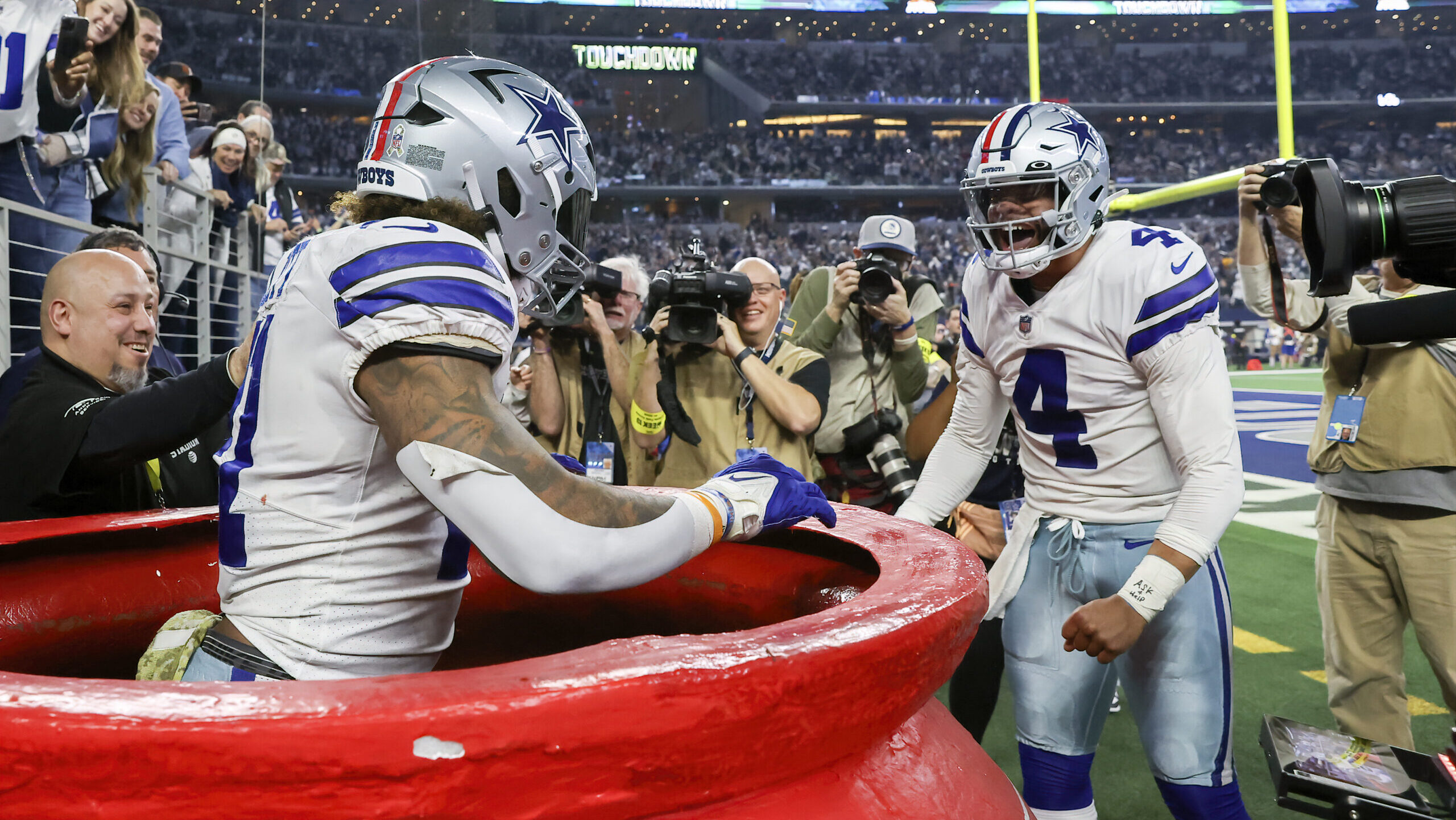Analysis
7/30/23
7 min read
Deciphering Complex Value of Indianapolis Colts RB Jonathan Taylor
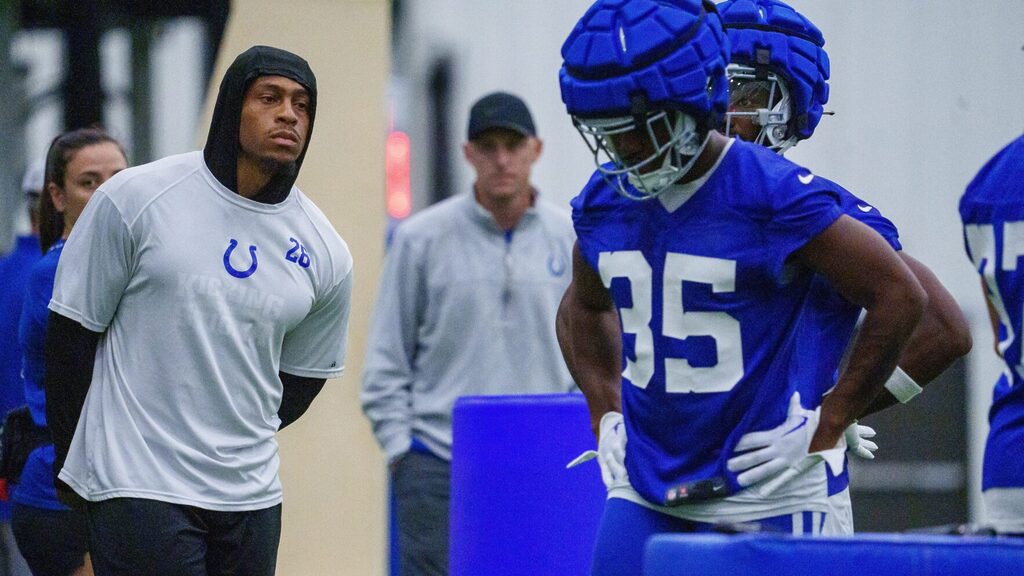
First things first, so that we’re all on the same page: Jonathan Taylor is a terrific running back.
He runs behind his pads and can finish with power. He has the patience, vision and agility to work through small cracks and tight areas. In his last full season played (2021), he rushed for nearly 50 percent more yards than the league’s second-leading rusher (Cleveland Browns RB Nick Chubb, 1,259 yards).
Assessing Taylor’s merits as a running back is not complicated. But assessing his value is.
Taylor's Trade Request
Over the weekend, Taylor, entering the fourth year of his rookie deal and wanting a new contract, asked the Indianapolis Colts to trade him. Owner Jim Irsay immediately declined. So Taylor is stuck with little to no leverage. The former No. 41 overall pick will be a free agent in 2024, but the Colts can affordably keep him under the league’s cheapest non-special teams franchise tag for another two years.
READ: Advising Embattled NFL Running Backs
A closer examination of Taylor’s situation offers a near-perfect snapshot of the state of running backs. Taylor’s new coach, Shane Steichen, undoubtedly understands and appreciates Taylor’s talent. But Steichen got the Colts job because of his stellar work directing the Philadelphia Eagles' offense in 2022. Look at that Eagles offense: in 2022, it ranked sixth in rushing, and yet Steichen’s former colleagues gladly let starting tailback Miles Sanders walk away at season’s end.
Why? They believe what made their ground game go was having the league’s best offensive line and leveraging the mobility of quarterback Jalen Hurts.
With skilled, athletically rangy blockers and quarterbacks changing the run-defense math, Philadelphia could attack defenses with any and all run designs. Sanders, with all due respect, just happened to carry the ball in many of those designs.
The rest of the NFL saw it this way, as well. That’s why Sanders, who signed with the Carolina Panthers, could only garner what amounted to a two-year, $7.1 million deal in free agency.
Replicating Philadelphia's Success
The Colts are building the same conditions for Steichen that he had in Philadelphia. They have the league’s fifth-highest-paid offensive line (behind Philadelphia, Cleveland, the Atlanta Falcons and the Denver Broncos), and they just drafted quarterback Anthony Richardson, who has the mobility and size to be part of their run game’s foundation. They understand that you expand your running game through blocking designs and changing the math (which, for Steichen, means a mobile quarterback).
Indianapolis also understands you usually win games through the air. Steichen’s 2022 Eagles may have ranked sixth in rushing, but in the first half of games, they threw the ball more than all but seven teams and scored 18.6 points per game — the highest in the NFL since the 2016 Falcons.
The Eagles' rushing attempts did not pile up until the second half when they averaged 18 carries – almost two more than any other team except the Falcons (who also averaged 18).
They established the lead by passing and protected it by running.
Talent Wins Games
Running backs who get paid are mainly the ones who contribute to the passing game.
The San Francisco 49ers traded a bundle of draft picks and made Christian McCaffrey the league’s richest running back ($16 million annual average salary) because he is a dominant receiver out of the backfield and can also produce when he’s detached from the formation.
His route running flexibility in and of itself is valuable, and it becomes exceedingly valuable when you consider that defenses that commit to combatting it are now more vulnerable against the other four eligibles around McCaffrey.
San Francisco is far from the only team valuing running backs this way. Perhaps no system uses the running back more in the passing game than Sean Payton’s. That is why, in 2020, Payton’s New Orleans Saints gave Alvin Kamara ($15 million annual average salary) the extension that backs like Taylor are being denied.
It’s likely why the Detroit Lions, coached by Payton’s longtime assistant Dan Campbell, were willing to spend the 12th overall pick this offseason on Alabama’s dynamic pass-catching back Jahmyr Gibbs.
Similarly, the Falcons used the eighth overall pick on Bijan Robinson. Many probably believe Atlanta drafted Robinson because coach Arthur Smith has run the ball more than any offensive play-caller in the league. But that Falcons run game last year averaged a league-best 151 yards per game on called runs without Robinson.
Can the Texas star make their run game that much better? Of course. But Robinson was not drafted to take Atlanta’s run game from first to first; he was drafted to bolster Atlanta’s 31st-ranked passing game.
Understanding Taylor's Struggle
Considering all this, it’s no surprise Taylor is struggling to get paid. The same is true with Las Vegas Raiders running back Josh Jacobs, who might be the best pure runner in football. In the passing game, Taylor and Jacobs can catch what you throw them, but that’s about it. They are not uniquely flexible receiving threats.
Taylor is the story right now because of the recent trade request. But really, the more interesting snapshots of the currently much-discussed running back market are Saquon Barkley and Tony Pollard. Both do bring value to the passing game. But the New York Giants and Dallas Cowboys have avoided paying them long-term because they can instead lean on the deflated running back franchise tag price.
Which brings us back to Steichen’s old stomping ground, Philadelphia. Not only did its ground game’s greatness derive from the blocking designs and quarterback mobility, but it also did not feature the running back in the passing game.
In 2022, including checkdowns, they threw just less than four passes per contest to running backs — the fourth fewest in the league. The NFL average was six per game.
Running back pass targets do not fully illustrate a back’s contributions to the passing game, but it does tee up the broader point: In the passing game, every team relies on its wide receivers, but not every team relies on its running back. And so an available wide receiver’s market is, theoretically, 32 teams.
But a running back’s market, for all intents and purposes, might be 14-18 teams. Because the teams that don’t rely on running backs in their passing game see backs as mere ball carriers. And because most of those teams see ball carriers – like Sanders, for example – as interchangeable, they’re going to go with the most cost-effective option.
Final Thoughts
Taylor is not wrong to request a trade. He is a tremendous player and wants to capitalize while his window is open. But the chances of him cashing in big in 2023 (and beyond), be it from the Colts or another team, are unfortunately very small.
This is why, even if the Colts were willing to grant Taylor’s request, they might not be able to. Whichever team acquires Taylor will acquire his contract demands. Is there a team out there willing to pay a high number for a top runner who does not necessarily enhance their passing game? Perhaps.
But would that team also be willing to give up mid-round draft capital? Maybe – and only maybe. Because that team knows so many other teams would not pay for a runner-only tailback, that team will feel like it can lowball the Colts. Lowballs don’t bring much energy to a player’s trade market.
A win-now team could trade for Taylor as a one-year rental, but if Taylor is unwilling to play for the Colts under the terms of his current contract, he presumably would be unwilling to play for that new team, as well. Which brings us back to square one.
Andy Benoit worked for Sean McVay and the Los Angeles Rams coaching staff from 2020 through 2022. Before that, he was a football analyst, writer and content producer for Peter King’s MMQB at Sports Illustrated, CBS Sports and The New York Times. You can follow him on Twitter @Andy_Benoit.

